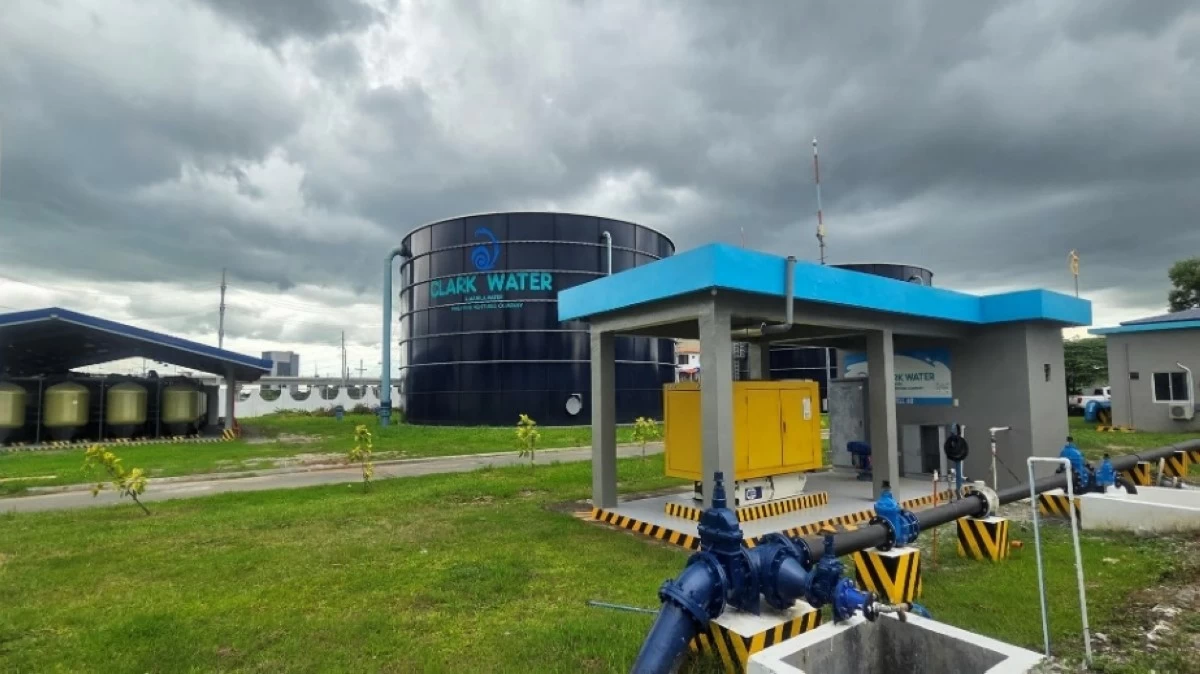
Upgrade to High-Speed Internet for only ₱1499/month!
Enjoy up to 100 Mbps fiber broadband, perfect for browsing, streaming, and gaming.
Visit Suniway.ph to learn
Lending by big banks or universal and commercial banks (U/KBs) expanded even more slowly in September, as loans grew only by 10.5 percent from 11.2 percent in August.
This was the lowest expansion in 14 months, or since the 10.4-percent growth in July last year.
Broken down, the growth in outstanding loans to residents slowed to 10.9 percent in September from 11.6 percent in August, according to the latest data from the Bangko Sentral ng Pilipinas (BSP) released on Wednesday night, Nov. 5.
Meanwhile, the contraction in outstanding loans to non-residents moved at a slower rate of 2.9 percent during the month from the 5.9-percent decline in August. Outstanding loans to non-residents cover those extended by big banks’ foreign currency deposit units (FCDUs) to borrowers abroad.
Loans supporting business activities expanded by a slower 9.1 percent in September compared with 9.9 percent in August.
According to the BSP, lending improved for key industries such as real estate activities (9.2 percent); electricity, gas, steam, and air-conditioning supply (27.1 percent); wholesale and retail trade and repair of motor vehicles and motorcycles (9.1 percent); financial and insurance activities (8.8 percent); information and communication (8.6 percent); as well as transportation and storage (15.4 percent).
Consumer loans to residents grew by 23.5 percent in September, slower than the 23.9-percent growth in the previous month. These include credit card, motor vehicle, and general-purpose salary loans.
“Banks are steady, but borrowers are still hesitant,” Jonathan Ravelas, senior adviser at Reyes Tacandong & Co., said. He said the plunge in lending only reflects the cautious optimism of borrowers.
“Meanwhile, liquidity surged as rate cuts and consumer credit lifted money supply. Expect lending to stay soft through the year-end unless confidence picks up,” Ravelas said.
Domestic liquidity, or the amount of money in the economy as measured by M3, expanded by 7.3 percent in September, reaching ₱18.9 trillion. This expansion rate was faster than August’s 6.6 percent.
M3 is a broad measure of money supply that includes currency in circulation, bank deposits, and other financial assets that are easily convertible to cash.
Claims on the domestic sector—which cover both private and government borrowers—were the drivers of growth in money supply. However, it grew faster at 10.3 percent in September from 9.8 percent in August.
Claims on a sector refer to the debts or obligations that banks and the central bank hold against that sector.
In particular, claims on the private sector increased by 10.3 percent, slower than the 11.1-percent growth in the previous month. This expansion was driven by the “continued expansion in bank lending to non-financial private corporations and households.”
Meanwhile, net claims on the government accelerated to 10 percent in September from 6.1 percent in August due to the government’s higher borrowings.

 3 hours ago
2
3 hours ago
2



